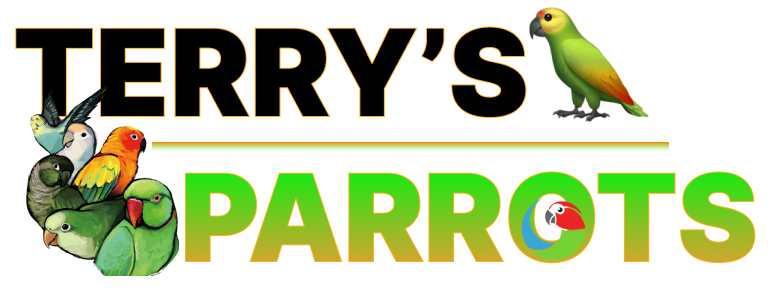No products in the cart.
How does it work?
Shipping parrots internationally can be a complex and challenging process, but it is possible to do so safely and humanely.
1. Prepare the bird for shipment
The first step is to prepare the bird for shipment. This includes:
- Fasting the bird for 4-6 hours before shipment. This will help to prevent the bird from becoming ill during the journey.
- Providing the bird with fresh water and food.
- Cleaning the bird’s cage or aviary.
- Checking the bird for any signs of illness or injury.
2. Choose a shipping container
The shipping container must be large enough for the bird to move around freely and spread its wings fully. The container must also be well-ventilated and have a secure door. We prepare everything to keep the bird comfortable on its route to you.
3. Line the shipping container
The shipping container is lined with absorbent material, such as shredded paper or towels. This will help to keep the bird clean and comfortable during the journey.
4. Pack the bird’s food and water
The bird’s food and water is packed in separate containers. The food and water containers are secured to the shipping container to prevent them from spilling.
5. Prepare the shipping documentation
The shipping documentation include the following information:
- The bird’s species, sex, and age
- The bird’s origin and destination
- The shipper’s and consignee’s contact information
- Any required permits or health certificates
6. Schedule the shipment
The shipment is scheduled with a reputable pet shipping company. The shipping company will be able to provide you with more information on the specific requirements for shipping your bird.
7. Ship the bird
Once the bird is ready to be shipped, take it to the shipping company. The shipping company will handle the rest of the process, including transporting the bird to its destination and delivering it to the consignee.
Here are some additional tips for shipping parrots or birds internationally:
- Choose a direct flight whenever possible. This will minimize the amount of time that the bird spends in transit.
- Book the shipment in advance. This will give you time to prepare the bird for shipment and to obtain any required permits or health certificates.
- Insure the shipment. This will protect you financially in case of any problems during the shipment.
- Track the shipment. This will allow you to monitor the bird’s progress and to ensure that it arrives safely at its destination.
Check the CITES status of your parrot.
Before you start making preparations to ship your newly bought Talking parrot, it is important to understand its CITES status. The Convention on International Trade in Endangered Species (CITES) protects endangered species and other exotic species that may be susceptible to endangerment if the trade is left unchecked.
If your newly bought pet parrot is listed as a CITES protected species, you will need to ensure you have all the right permits beforehand or notify us so we can ship with our papers for you with a $200 fee for us to use our documents or papers for your home delivery in your receiving destination. If your bird is departing from the United States, you need to have your bird inspected. Also, the permits must be issued by the United States Fish & Wildlife Service before departure.
You will need between 6 to 7 months to acquire the necessary documentation needed to legally ship a CITES species but with Terry Parrots Center, we proceed with delivery once half or all the fee above is paid for renting of inspection papers for endanger species.
If your parrot is not among the species listed by CITES, you won’t have to go through the lengthy CITES permitting process. Popular parrots like the African greys, cockatoos, and macaws are not protected by CITES.
Know the right bird travel crate for your parrot
If you have satisfied the first and second procedures above, then you will have to consider the travel crate for your bird. When planning to ship your pet bird, you will need to comply with the IATA’s Live Animal Regulations (LAR). It means that the crate must provide your bird with some sort of perch and an opening for ventilation.
The ventilation space must be small enough to prevent the bird from getting its wing or beat outside. You must also ensure there is enough food to last the bird the entire duration of the journey.
Depending on the size of your newly bought parrot, you can make customized bird crates from a small dog or cat travel crate. You can attach a store-bought perch to the inside of the crate wall. Ensure you cover the ventilation holes and door with very fine pieces of wire mesh attached securely with plastic zip ties. Since birds enjoy privacy, you can make detachable “curtains” by cutting out strips of burlap attached to the outside of the crate with Velcro.
You can also add a couple of dishes to the crate door and cover the floor with a piece of newspaper.
That’s a first-class bird crate you have created there for your bird. You must get your bird to start getting used to being in the crate well before the day of departure.
To begin your shipping process or make a reservation, Email us or fill out our contact form here!. Every parrot we shipped will be handled with great care, love and compassion by one of our Shipping Specialists.
